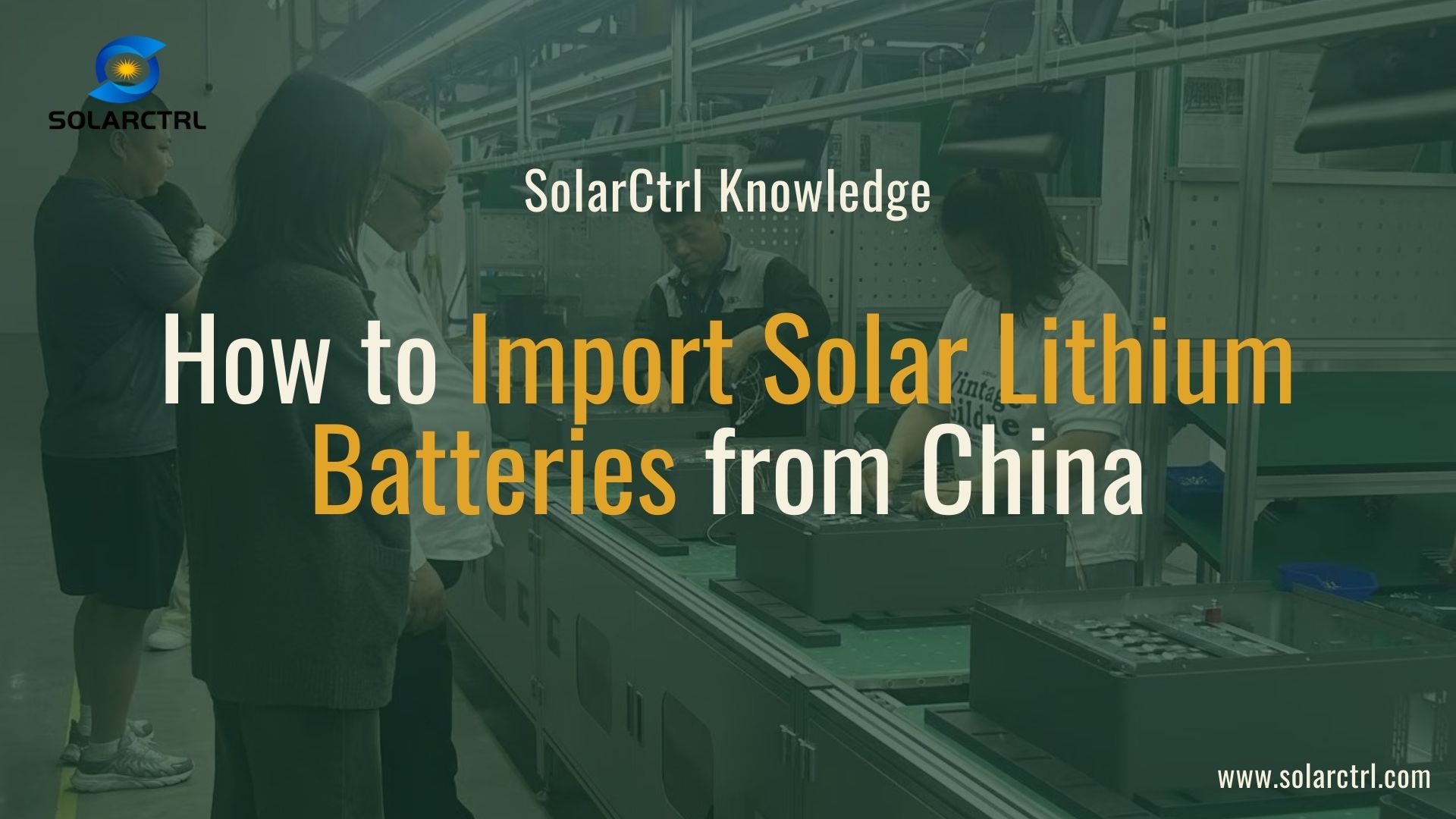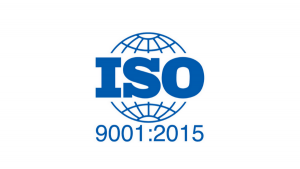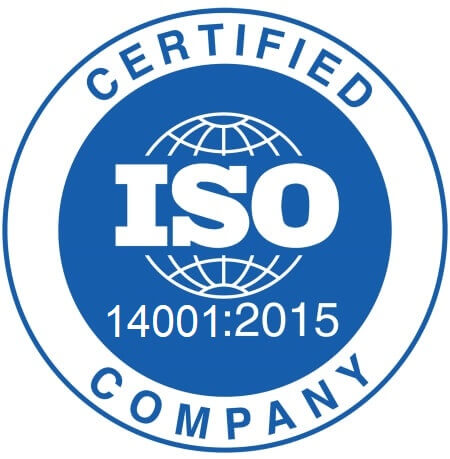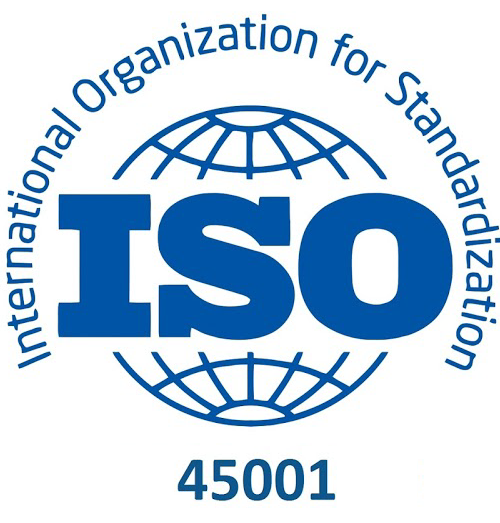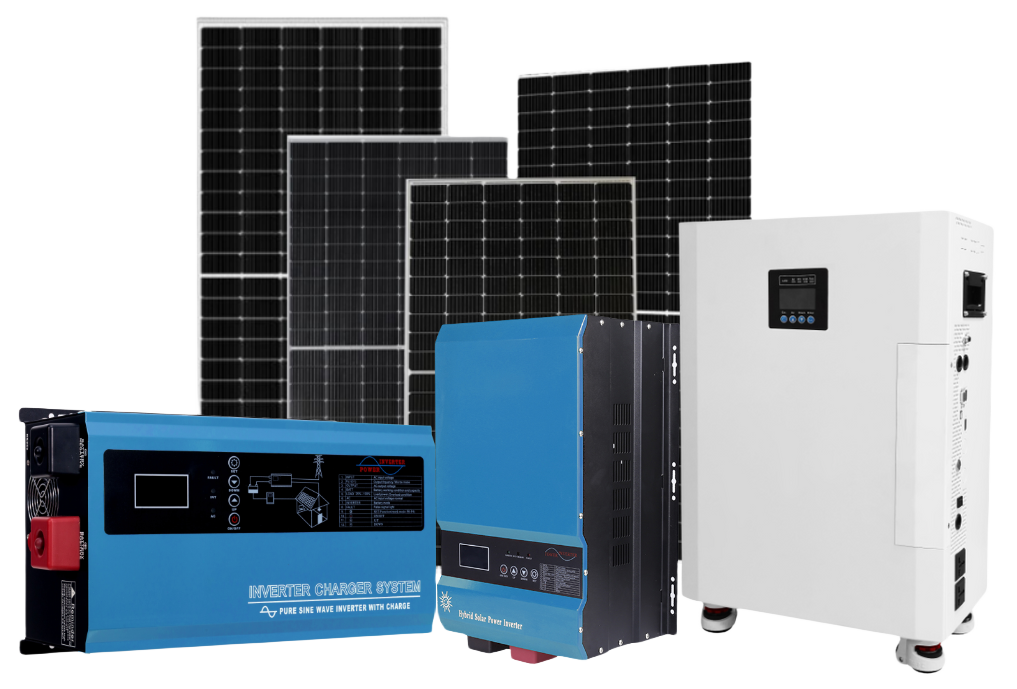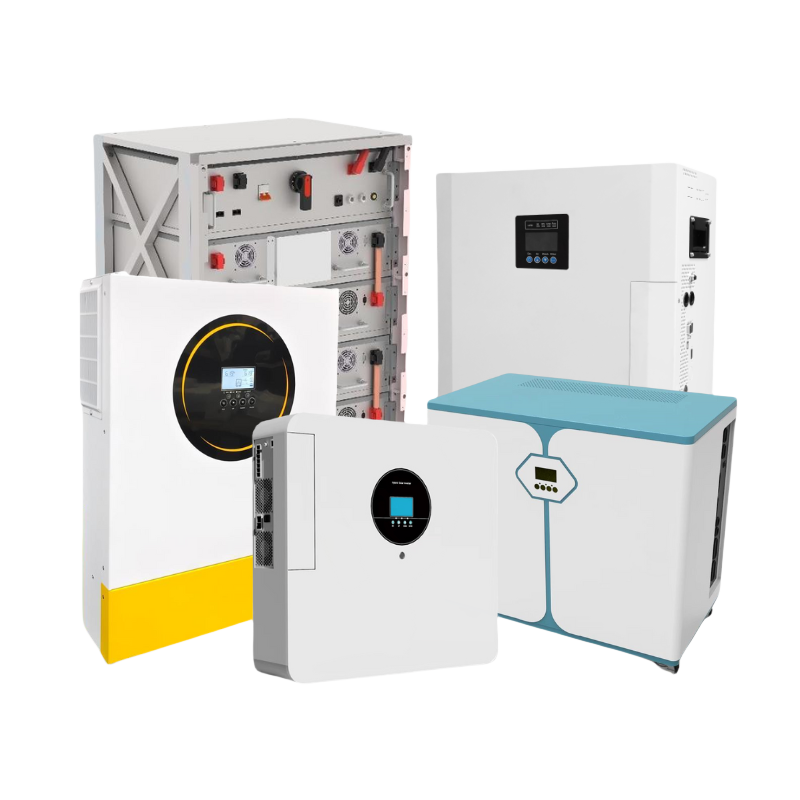The answer is yes, a solar charge controller is essential in almost all solar energy systems that use batteries. Its primary function is to regulate and manage the power going into the battery bank from the solar array. It ensures that the batteries do not get overcharged during the day, and prevents the batteries from discharging back through the solar panels at night, thus safeguarding the lifespan of the batteries.
What Is a Solar Charge Controller?
A solar charge controller is an essential component positioned between solar panels and the battery bank, tasked with regulating the voltage and current directed towards the batteries.
This device ensures that batteries do not receive more power than they can safely handle, thereby preventing overcharging and extending battery life. It also plays a crucial role in system efficiency by adjusting the charge as batteries near full capacity and prevents reverse power flow to the panels at night, avoiding battery drainage.
Moreover, the controller safeguards against electrical overload by shutting down the system if the battery’s capacity falls below 50 percent, ensuring operational safety and prolonging system durability. By maintaining controlled charging conditions, the solar charge controller is indispensable in optimizing the performance and longevity of solar power systems.
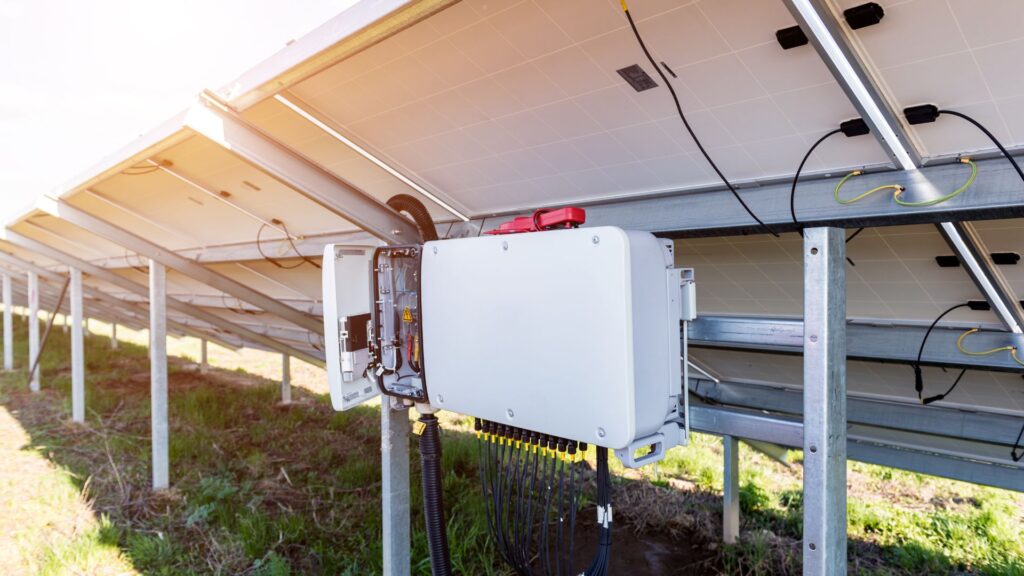
How Does a Solar Charge Controller Work?
A solar charge controller manages the flow of electricity from the solar panels to the battery bank and ensures optimal system performance. Its operation is based on regulating the voltage and current reaching the batteries to prevent overcharging and extend battery life. Here’s how it works:
1. Voltage and Current Regulation: As solar panels generate electricity, the voltage can exceed what the battery can safely handle. The charge controller steps in to regulate this output, reducing the voltage to a safer, manageable level that the batteries can accept without getting damaged.
2. Staging: In case of PWM (Pulse Width Modulation) controllers, the charging process is staged. The controller allows the maximum current to flow to the batteries until they reach a set voltage level. Then, it reduces the current in a tapering process, maintaining the battery health and efficiency.
3. Maximizing Power: For MPPT (Maximum Power Point Tracking) controllers, the operation is more complex. These controllers continuously track the maximum power point of the solar panels and adjust the input to the batteries to achieve the most efficient charging process. This method is particularly effective in varying light conditions, maximizing energy harvest.
By managing these processes, solar charge controllers play a crucial role in protecting battery health, enhancing system efficiency, and ensuring safe operation across diverse environmental conditions.
Different Types of Solar Charge Controllers
There are two primary types of solar charge controllers widely used in the solar energy industry, each suited for different system sizes and efficiency needs:
1. PWM (Pulse Width Modulation)
PWM controllers are the standard in solar charge management for smaller, less complex systems. These controllers are particularly appealing due to their affordability and simplicity.
PWM controllers operate by matching the solar panel’s output voltage to the battery’s voltage, effectively reducing the power transmission as the battery nears its full charge capacity.
This method is quite effective in maintaining battery health but does not maximize the energy extracted from solar panels. Thus, while PWM is a cost-effective choice, it is less efficient, making it ideal for applications where high efficiency is not the top priority.
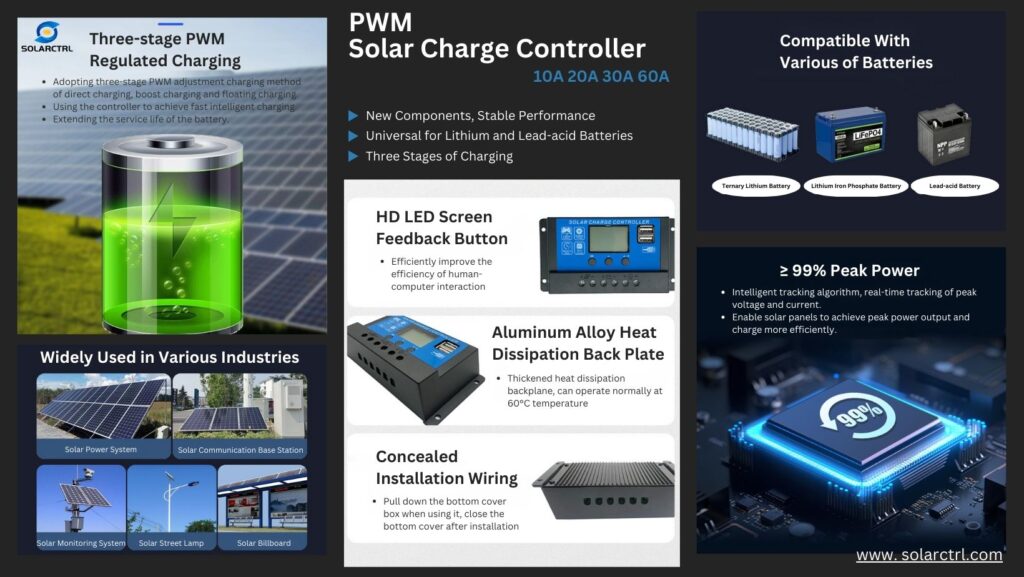
2. MPPT (Maximum Power Point Tracking)
MPPT controllers represent a more advanced technology designed to optimize the conversion of solar energy.
Unlike PWM controllers, MPPT devices continuously adjust the input from the solar panels to capture the maximum power possible, regardless of the lighting conditions. This capability makes them particularly beneficial during periods of low light, such as in winter or when clouds pass overhead.
MPPT controllers can significantly increase the efficiency of a solar power system—by up to 30% under some conditions—making them well-suited for larger systems where the goal is to maximize the energy harvest. The increased efficiency of MPPT controllers can make a substantial difference in overall system performance, particularly in variable weather climates and in systems with higher energy demands.
Both PWM and MPPT controllers include features that protect batteries from overcharging and deep discharging, both of which can critically shorten the lifecycle of a battery. Choosing the right type of controller depends largely on the specific requirements of the solar system, including its size, the energy demands, and budget considerations.

Why You Should Use a Solar Charge Controller
Using a solar charge controller in solar energy systems is crucial for several reasons, all of which contribute to the overall effectiveness and safety of the system:
1. Battery Protection
One of the primary roles of a solar charge controller is to protect batteries from conditions that could shorten their life or cause immediate damage. Overcharging a battery can lead to excessive heat and gas buildup, potentially causing explosions or fires.
Conversely, allowing a battery to be undercharged can lead to sulfation, a condition where lead sulfate crystals form and permanently reduce the battery’s capacity and longevity. By regulating the charging process, a solar charge controller ensures that batteries are neither overcharged nor undercharged, substantially extending their lifespan.
2. System Efficiency
Solar charge controllers, particularly MPPT (Maximum Power Point Tracking) types, significantly enhance the efficiency of solar power systems. By continuously adjusting the voltage and current from the solar panels to match what the battery can accept, an MPPT controller ensures that the maximum possible power is converted and used.
This can result in up to 30% more efficiency compared to systems without such advanced charge management. This optimization is particularly noticeable in conditions of variable sunlight, such as partial cloud cover or low solar angle days, making solar systems more reliable and consistent in performance.
3. Enhanced System Safety
Solar charge controllers also play a critical role in enhancing the safety of solar power systems. They provide crucial electronic protections such as:
- Reverse Polarity Protection: Prevents damage if batteries or panels are accidentally connected backward.
- Overcharge Protection: Shuts off the power flow to batteries when they are fully charged, preventing damage due to excessive charging.
- Overcurrent Protection: Monitors and limits the amount of current flowing through the system to prevent overheating and potential fires.
- Short-circuit Protection: Detects and isolates short circuits within the system, immediately cutting off the power supply to prevent damage.
In addition to these protections, solar charge controllers often include load control features. These features can automatically disconnect non-critical loads from the battery when its charge drops below a predefined level, ensuring that essential functions can continue operating longer, and the battery is preserved from deep discharges that can be harmful to its overall health.
Implementing a solar charge controller in any solar power setup is not just a recommendation—it’s essential for ensuring the system operates effectively, safely, and efficiently. This small device mitigates a myriad of potential issues, safeguarding your investment and maximizing the returns of solar energy systems.

Additional Features and Considerations
Modern solar charge controllers are equipped with advanced features that enhance user experience and functionality, making management of solar systems more intuitive and efficient:
- LCD Displays: These provide real-time visualization of system metrics such as voltage, current, and state of charge, allowing users to monitor performance and health of the batteries at a glance.
- USB Ports: Increasingly, solar charge controllers include USB ports that enable users to charge devices directly from the controller. This adds convenience, particularly in off-grid setups, allowing for the charging of phones, tablets, and other small electronics without the need for additional adapters.
- Network Capabilities: Some advanced controllers offer connectivity options like Wi-Fi or Bluetooth, which allow them to connect to a home network. Users can monitor and control their system remotely via a computer or smartphone app.
When selecting a solar charge controller, consider the total wattage of your solar panels and the voltage of your battery bank. This will determine whether a PWM or MPPT controller is more suitable for your setup. Additionally, ensure that the controller can handle the current (in amperes) that your panels can produce.
Conclusion
If your solar energy system includes a battery bank, a solar charge controller is a must. Not only does it protect your batteries, but it also ensures the efficiency and safety of your entire solar system.
By choosing the right controller for your system, you ensure that you can enjoy the benefits of solar power safely and effectively for years to come. Whether for a small home system or a large commercial project, integrating a solar charge controller is a wise step towards optimizing and protecting your investment in solar energy.



